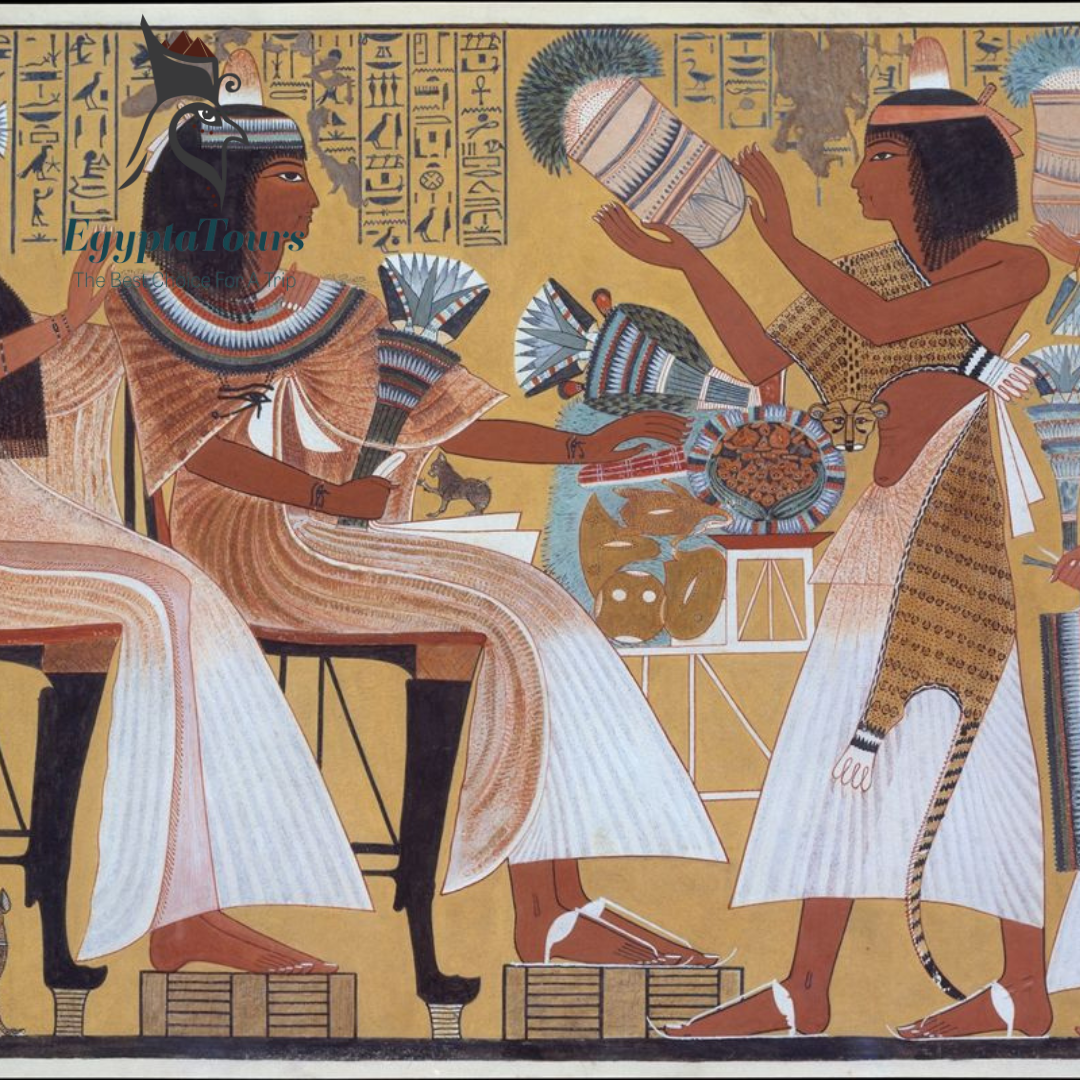The Role of Women in Ancient Egypt: Magical Facts
Women in ancient Egypt enjoyed a unique status compared to their counterparts in other ancient civilizations. Their roles extended beyond the domestic sphere, and they often engaged in religious, economic, and political activities. Here are some fascinating facts about the role of women in ancient Egypt, particularly with an emphasis on their magical and spiritual significance:
1. Priestesses and Religious Roles
Women in ancient Egypt could serve as priestesses in various temples, playing crucial roles in religious rituals. They often performed sacred duties that were believed to maintain cosmic order and favor from the gods.
Some priestesses, particularly those serving the goddess Hathor, were thought to possess special magical powers that allowed them to mediate between the divine and the human realm.
2. Magical Practices
Women were known to practice various forms of magic, known as "heka." This encompassed a range of activities, from healing to protection magic. They used spells, amulets, and rituals to ward off evil spirits and ensure well-being.
Domestic goddesses like Taweret (associated with childbirth and fertility) were particularly revered, and women would invoke her protection through magical practices during pregnancy and childbirth.
3. Legal Rights and Economic Agency
Egyptian women had the right to own property, initiate divorce, and run businesses. This autonomy provided them with economic influence and the ability to participate in society beyond traditional roles.
Many women were involved in textile production, which held significant economic importance. The ability to weave was often associated with the goddess Neith, linking women's work to divine favor.
4. Queenly Power and Influence
Women like Hatshepsut and Nefertiti held substantial power, with Hatshepsut even taking the title of pharaoh. Their reigns demonstrate that women could ascend to high political roles and influence state affairs.
Queens often served as intermediaries between the divine and the mortal, participating in rituals that were believed to ensure stability and prosperity for the nation.
5. Motherhood and Fertility
Motherhood was highly valued in ancient Egyptian society, and women were celebrated as the bearers of life. Goddesses like Isis epitomized motherhood and fertility, and women often turned to her for protection and aid in childbirth.
Funerary practices underscored the importance of women in family lines, with mothers being depicted in tomb paintings to symbolize the continuity of life and the legacy of the family.
6. Burial Practices and Afterlife Beliefs
Women's roles in the afterlife were also significant. In funerary texts, they were often depicted as powerful figures who could influence the deceased's journey through the afterlife, and some were even shown partaking in rituals alongside gods.
Goddess figures often represented aspects of the afterlife, showcasing the belief that women could have roles not only in life but also in death and beyond.
7. Education and Literacy
Although literacy was primarily limited to men, some women were educated and could read and write. This ability allowed them to engage in religious and economic documents, enhancing their status and influence within society.
Women in ancient Egypt enjoyed a relatively high degree of autonomy and respect, with their magical roles adding to the tapestry of their influence in both everyday life and the spiritual realm. Their contributions to society, economy, and religion demonstrate a nuanced understanding of gender roles in one of history’s most fascinating civilizations.





Comments